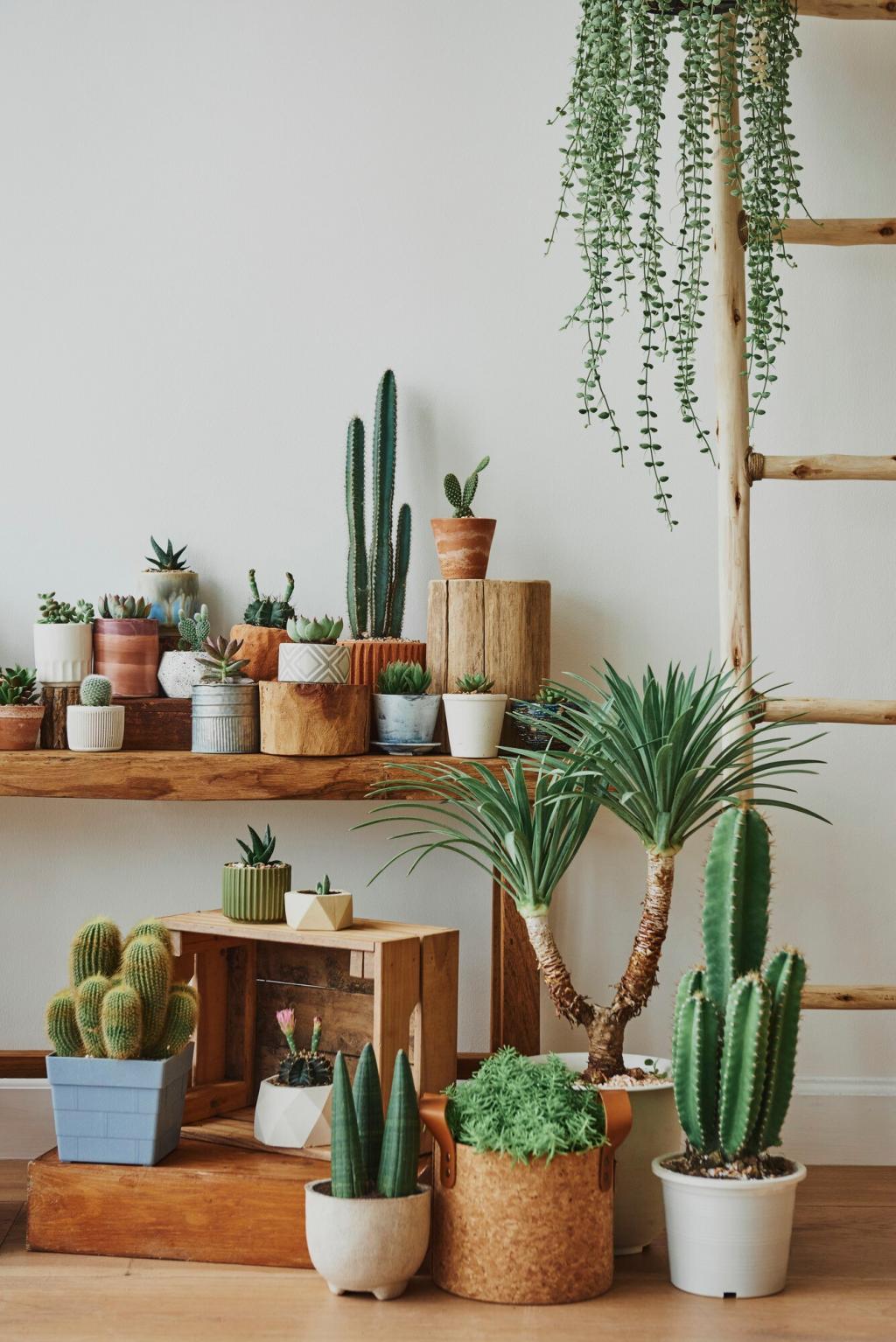
Handmade Glow: DIY Natural Scented Candles
Chosen theme: DIY Natural Scented Candles. Step into a calm, fragrant corner of creativity where pure materials, thoughtful methods, and personal stories shape candles that warm rooms, lift moods, and invite you to experiment, share, and subscribe for more inspiration.
Gathering Pure Ingredients
Wax Choices That Respect Nature
Explore soy, beeswax, and rapeseed wax for cleaner burns, gentle crackle options with wooden wicks, and reliable fragrance hold. Test small batches, track melt points, and choose a wax that aligns with your climate, containers, and ethical priorities.


Heat Control 101
Use a double boiler, reliable thermometer, and dedicated pouring pitcher. Heat slowly, avoid scorching oils, and add fragrance at the recommended temperature. Keep kids and pets away, and never leave melting wax unattended. Share your best safety checklist in the comments.
Wick Selection and Trimming
Match wick size to container diameter and wax type to ensure a full melt pool without sooting. Trim wicks to about one quarter inch before each burn. Test cotton and wooden options, log results, and encourage readers to report their most consistent wicks.
Allergy and Pet Safety
Label possible allergens clearly, and test gentle blends like lavender, lemon, and cedarwood with caution. Ventilate small rooms, and research pet-safe scents. Invite subscribers to share experiences and tips for crafting considerate candles in sensitive households.
Scent Blending for Memory and Mood
Combine bright top notes like citrus with floral or herbal hearts, anchored by deep bases such as vetiver or vanilla. Start small, adjust drop by drop, and note impressions after curing. Comment your three-note blends that feel timeless and uplifting.
Color, Texture, and Containers
Natural Dyes That Behave
Experiment with plant-based colorants like alkanet, annatto, or spirulina powders in tiny test doses. Expect subtle hues and occasionally rustic variations. Write down ratios, stir thoroughly, and ask subscribers which gentle tones pair best with your botanical blends.
Vessels That Breathe Style and Safety
Pick heat-safe glass, stoneware, or tins with solid bottoms and even walls. Pre-warm containers to reduce adhesion issues. Consider recycled jars, but always test one candle first. Invite comments on sustainable container finds and thrifted treasures worth rescuing.
Finishes: Frosted, Rustic, Smooth
Wax behavior, pouring temperature, and cooling environment shape the finish. Lower temperatures may reduce frosting; controlled cooling improves adhesion. Embrace character when it suits your brand. Share side-by-side photos and tag us when your finish finally looks perfect.
Eco-Friendly Production and Cleanup
Zero-Waste Pouring Setup
Measure precisely to avoid leftovers, and reserve a small silicone mold for excess wax. Reuse wicks from testing when safe, and repurpose offcuts for wax melts. Invite readers to subscribe for our downloadable waste-tracking worksheet and efficiency tips.
Cleaning Wax Responsibly
While containers are still warm, wipe with paper or cotton scraps before washing with eco-friendly soap. Avoid pouring wax down drains. Share your best removable-liner hacks, and comment with biodegradable tools that make cleanup surprisingly quick.
Labeling and Traceability
Record batch numbers, wax type, fragrance percentages, and pour temperatures directly on labels or a digital log. This protects quality and supports troubleshooting. Encourage subscribers to download our free template and post photos of their organized candle shelves.
Fixing Tunneling and Sinkholes
Prevent tunneling by matching wick size and allowing the first burn to create a full melt pool. Warm containers, adjust pour temperatures, and poke relief holes for sinkholes. Share your most dramatic rescue stories to encourage beginners to keep going.
Preventing Frosting and Wet Spots
Frosting is common with soy; slower cooling in a stable room helps. Pre-warm jars and pour slightly cooler to improve adhesion. If spots appear, repaint with a heat gun carefully. Comment with your ideal temperature range for a consistently smooth finish.
Rescuing Over-Scented Candles
If a blend overwhelms, remelt and dilute with unscented wax, then retest. Record final percentages and note burn behavior. Invite readers to share gentle, calming ratios and subscribe for our monthly comparison of fragrance loads across natural waxes.
Share, Gift, and Grow Community
01
Write label notes about the origin of your scent, the memories behind it, and the rituals it inspires. Ask readers to comment with their candle stories, and subscribe to join our monthly theme where we feature a community-made blend.
02
Use natural light, neutral backgrounds, and a simple prop that reflects your ingredients, like citrus peels or lavender sprigs. Show wick close-ups and finish details. Tag your photos, share settings, and invite others to follow for behind-the-scenes experiments.
03
Join our newsletter for seasonal blend ideas, safety refreshers, and eco-sourcing updates. Post your test results, ask questions, and celebrate wins. Your feedback shapes future guides, so reply with topics you want explored in upcoming natural candle deep dives.
